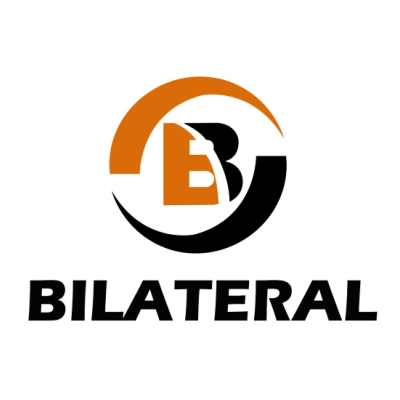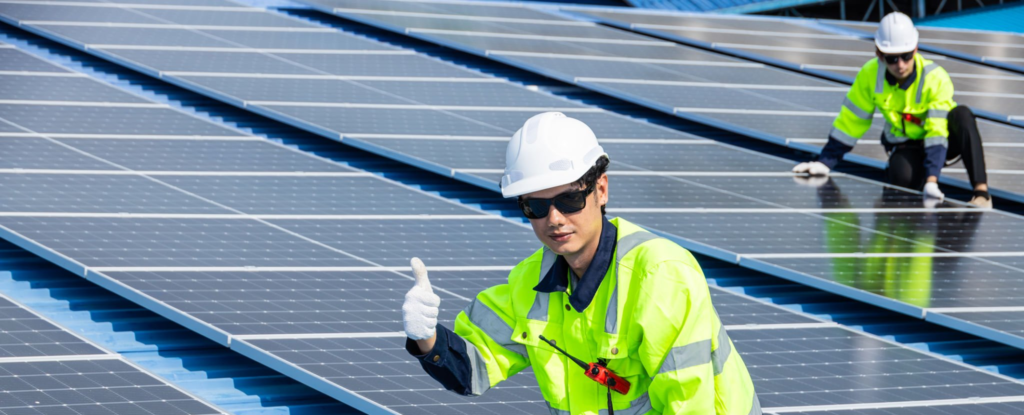When it comes to solar panel mounting, even the smallest mistake can compromise the system’s safety, performance, or lifespan. So, how can engineers, contractors, or procurement teams ensure that each installation meets technical standards while staying cost-effective?
This article dives deep into practical solutions to common challenges encountered in solar mounting systems, supported by examples, visuals, and hands-on advice.
1. Getting Rail Spacing Right: Why Precision Matters
Incorrect spacing of mounting rails leads to uneven panel loads, vibration issues, and long-term structural fatigue.
What to Consider:
- Panel size & load distribution
- Wind/snow load zones
- Roof or ground structure flexibility
Typical Recommended Rail Spacing (Based on Panel Type & Wind Zone)
| Panel Size (mm) | Wind Load Zone | Roof Type | Suggested Rail Spacing (mm) |
| 1650×992 | Zone A (Low) | Tile Roof | 1100–1200 |
| 2100×1050 | Zone B (Medium) | Metal Roof | 900–1000 |
| 2100×1050 | Zone C (High) | Ground Mount | 800–900 |
Pro Tip: Always refer to the manufacturer’s mounting manual and local building codes. They’re not just recommendations—they’re engineering safety baselines.
Have you double-checked your site’s wind/snow zone before finalizing the spacing?
2. Managing Thermal Expansion: Don’t Let Heat Ruin Your Mounts
Aluminum rails expand with heat. If you ignore it? You risk warping, cracking, or shearing fasteners.
How to Allow for Expansion:
Reserve expansion gaps: Typically 3–5 mm every 6 meters.
Use sliding connectors: These reduce the stress on anchor points.
Avoid fixed-fixed–fixed designs: Always allow one end to float.
Thermal Expansion Reference Table
| Rail Length (m) | Temp Difference (°C) | Expansion Gap Needed (mm) |
| 6 | 40 | 4.8 |
| 8 | 45 | 6.5 |
Formula used: ΔL = α × L × ΔT (α ≈ 2.3 x 10⁻⁵ for aluminum)
What temperature extremes does your project face year-round? Design for the worst, not the average.
3. Waterproofing in Rooftop Installs: Stop Leaks Before They Start
Water leakage is the #1 complaint in residential solar retrofits. Once water gets into roof insulation or wood structures, the damage can be long-term and costly.
Best Practices to Ensure Waterproofing:
Use rubber EPDM gaskets under every penetration point.
Apply roof-specific sealing tape or flashing boots for extra insurance.
Avoid drilling near tile ridges or seams.
For corrugated or trapezoidal metal roofs, use special solar sealing fasteners.
Common Waterproofing Risks vs. Solutions
| Risk | Solution |
| Screw drilled at the tile joint | Relocate or apply flashing with sealant |
| No gasket under the hook/bracket | Use EPDM or silicone-based gaskets |
| Leaking metal roof screw | Replace with a rubber-washer solar fastener |
Have you tested your mounting holes against simulated rainfall or pressure hose testing?
4. Choosing the Right Fasteners: Strength, Corrosion, and Compatibility
Using the wrong screw type or material may lead to loosening, galvanic corrosion, or rust failure.
Checklist for Fastener Selection:
Material match: Stainless steel for aluminum frames.
Head type: Hex, flange, or Torx for torque control.
Thread type: Self-tapping for steel roofs, machine thread for pre-drilled holes.
Certifications: DIN, ISO, or ASTM compliance.
Top Fastener Types by Mounting Material
| Surface Type | Recommended Fastener Type |
| Tile Roof | Stainless steel hanger bolts (M10) |
| Metal Roof | Self-drilling screws with a sealing head |
| Ground Structures | Hex-head bolts with an expansion anchor |
Tip: Use anti-seize compound when fastening stainless steel to aluminum to avoid galling.
5. Grounding & Electrical Bonding: Safety First
Poor grounding can lead to system failure, safety hazards, and voided warranties.
How to Ensure Proper Grounding:
Use UL-listed grounding lugs and washers.
Bond rails and modules continuously with bonding jumpers.
Ensure all grounding is connected to a main earthing point.
Common Oversights to Avoid:
- Forgetting to bond the end/side clamps
- Loose grounding lug connections
- Mixing different grounding materials
Is your grounding layout reviewed and signed off by a certified electrical engineer?
6. Structural Anchoring: Secure It, or Risk It
Even with correct rail spacing, your mount is only as strong as the anchor connection.
Anchoring Do’s & Don’ts
- Use torque-controlled tools to avoid overtightening
- Choose anchor bolts designed for wind uplift
- Reinforce wooden rafters if anchor points are close to the edges
- Never reuse damaged or stripped holes
Case Study: In a coastal project in Fujian, engineers upgraded anchor bolts to anti-typhoon grade stainless bolts with increased embedment, resulting in zero displacement after a Category 16 storm.
Final Checklist: Before You Finish the Install
Pre-Commissioning Installation Inspection List
- Are all expansion gaps included and properly placed?
- Is every roof penetration sealed?
- Are all rails aligned within a 5 mm tolerance?
- Are fasteners torqued to manufacturer specs?
- Is the grounding path continuous and verified?
Conclusion: Build It to Last
Solving solar mounting challenges is less about fancy equipment and more about getting the fundamentals right. Whether it’s thermal expansion or grounding continuity, each decision you make during installation has long-term consequences.
Take the time to design smarter. Install safer. And always ask:
“Is this solution future-proofed for the next 25 years?”
About us
Suzhou Bilateral Import & Export Co., Ltd. is a trusted manufacturer of stainless steel fasteners and solar mounting accessories, with over 17 years of industry experience. Backed by a 12,000㎡ factory and ISO-certified quality systems, we deliver over 5 million parts monthly to clients across Europe, South America, and beyond.
We guarantee that our products comply with the following:
- High-Quality Materials: Certified premium materials ensure 30+ years of maintenance-free service life.
- Typhoon Resistance: Wind tunnel tested, withstands typhoons up to levels 15–18.
- Anti-Corrosion Surface: Anodized layer ≥15–20μm prevents rusting for 30+ years.
- Strong Load Capacity: Handles snow ≥1.6kN/m² and wind speeds ≥60m/s.
- System Stability: Precisely matched parts improve system stability and longevity.
- Certified Fasteners: Meets DIN, ANSI, ISO, JIS standards; no seizing or stripping.
- Easy Installation: Simplified structure reduces labor costs and installation time.
If there is even a slight mismatch between the goods and the order, we guarantee full compensation.
Why not start a business with us?
Contact us to get more information.
- Mail: sales@szbilateral.com
- Phone/WhatsApp: 13451556833
- Website: szbolts.com





